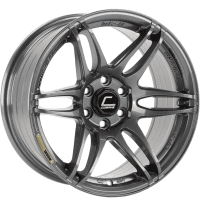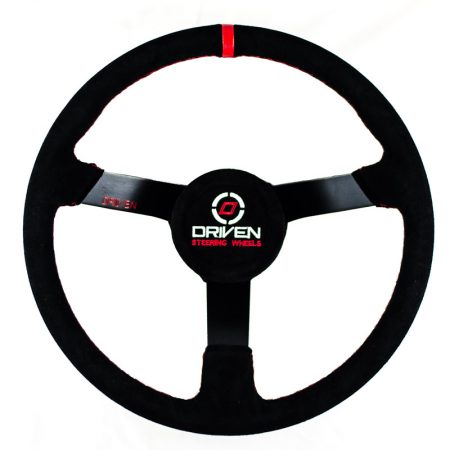Description
Decades ago, the critical electronic components in a race car were the ignition coil and points. Race cars now feature advanced engine management systems, antilock brake systems, paddle shifters, dataloggers, radios, electric pumps, fans, and lights. All components need to be controlled at the correct moment, and all components require circuit protection to prevent damage or fire.
Traditionally, fuses and relays served all of those purposes, but they have many disadvantages like complicated wiring looms, sensitivity to vibration/temperature, and difficult diagnostics.
All of these problems can be solved by using intelligent power management units (PMUs). The newly developed PMU unit is at the forefront of technology. It provides 16 high current outputs (and use of multiple units if more outputs are required).
One of the main advantages of the PMU is continuous current sensing and self-resetting functionality if current exceeds the defined level. All output state, voltage and current information can be logged and transmitted via CAN bus to dash displays to inform drivers of potential problems.
An additional advantage of the PMU system is the ability to define logic for controlling outputs. This is done with data from analogue input channels or CAN bus data, and math operations can be defined for each channel. The PMU is also equipped with LED indicators to show the status of each output.
With use of CAN bus keypads or steering wheel switches, all wiring is vastly simplified and lightened.
Two unique features are the inbuilt accelerometer and gyro for logging and “inertia switch” in case of accident.
TECHNOLOGY
PMU is assembled according to IPC-S-815A standards to ensure product reliability. The device is manufactured on an automated assembly line with optical inspection, and automated testing (including burn-in). The PCB material and design, special surface coating and IP65 enclosure ensure reliability even in the harshest environments. Carefully selected components allow for continuous and reliable operation across a very wide temperature range (AECQ-100 GRADE 1 (-40 to 125˚C).
GENERAL SPECS
- Temperature range AECQ100 GRADE1 (-40 to 125˚C)
- CPU 32 bits automotive, 90MIPS
- Reverse polarity protection Yes, internal
- Operating voltage 6-22V, immunity to transients according to ISO 7637
- Enclosure IP 65, bespoke CNC machined aluminum
- Size (mm) and weight(g) 131x112x32.5, 345g
- Connectors 1 x 39 Automotive connector
- 1 x M6 stud for battery connection
- PC communication CAN (PCAN, ECUMASTER USBCAN)
OUTPUTS
- High current outputs 10 x 25A(cont.), 6 x 15A(cont.) with Overcurrent and overheating protection. Outputs may be paired to increase continuous current capability. Current and voltage is measured for each output
- Total current output 150A continuous
- Output current control step 100mA
- Wipers output Dedicated output with wiper braking feature
- 5V Monitored 5V, 500mA output for powering external sensors.
INPUTS
- Analog inputs 16 inputs, 10 Bit resolution, 0-5V (protected), with software selectable 10K Ohm pullup and pulldowns
- CAN Keypads 2 x Ecumaster keypads (4, 8, 12 keys)
OTHER
- Output state indication 16 bicolor LEDs
- Accelerometer/Gyroscope 3D accelerometer with 3D gyroscope for logging and crash detection
- Real time clock Yes, super capacitor for backup power (up to 3 days)
CAN BUS
- CAN interface 2 x CAN2B
- CAN standard 2.0B 125, 250, 500, 1000 kbps
- Input/output stream User defined with bit masking up to 48 input messages
LOGGING
- Logging memory 256 Mbytes
- Logging speed Variable, defined per channel, up to 500Hz







Reviews
There are no reviews yet.